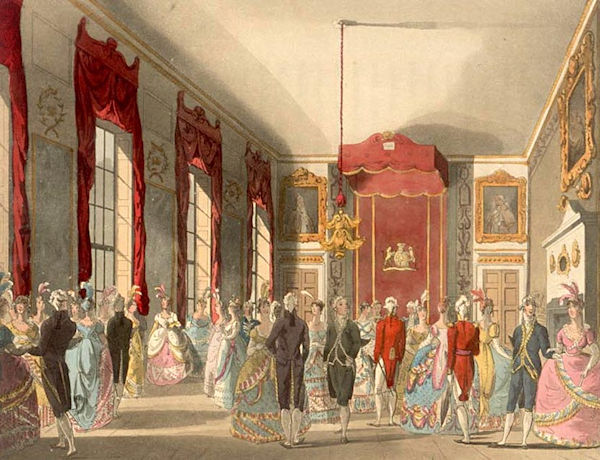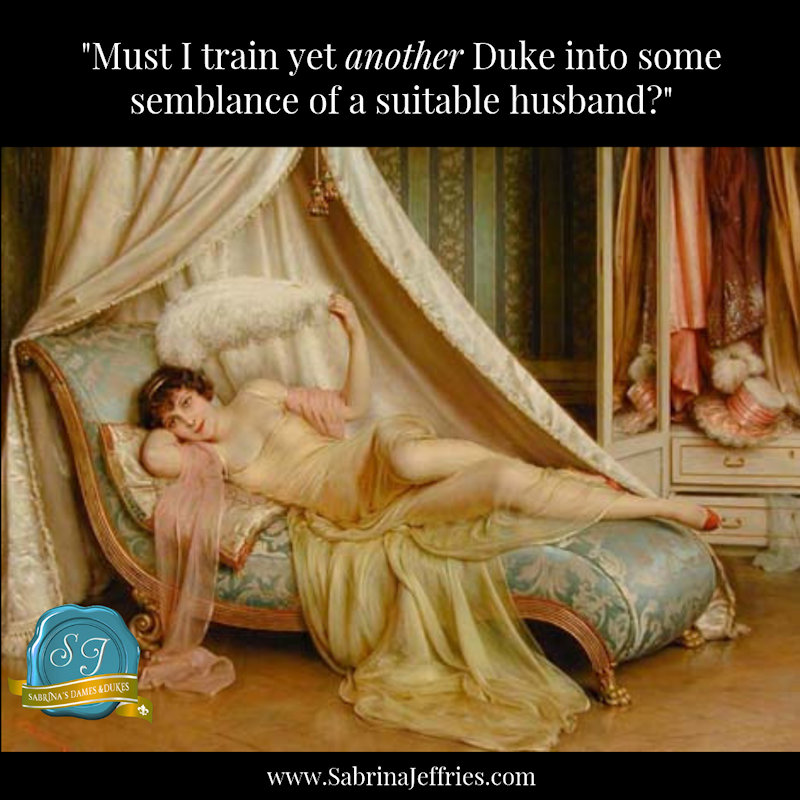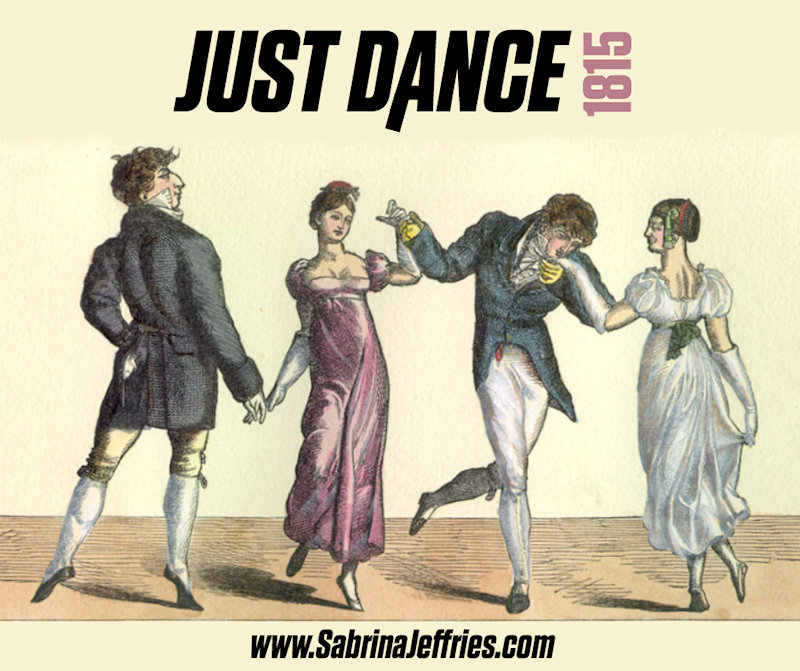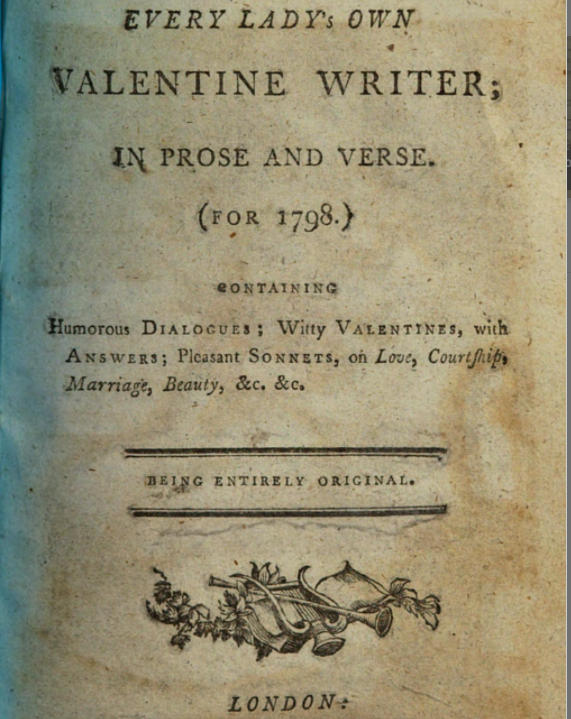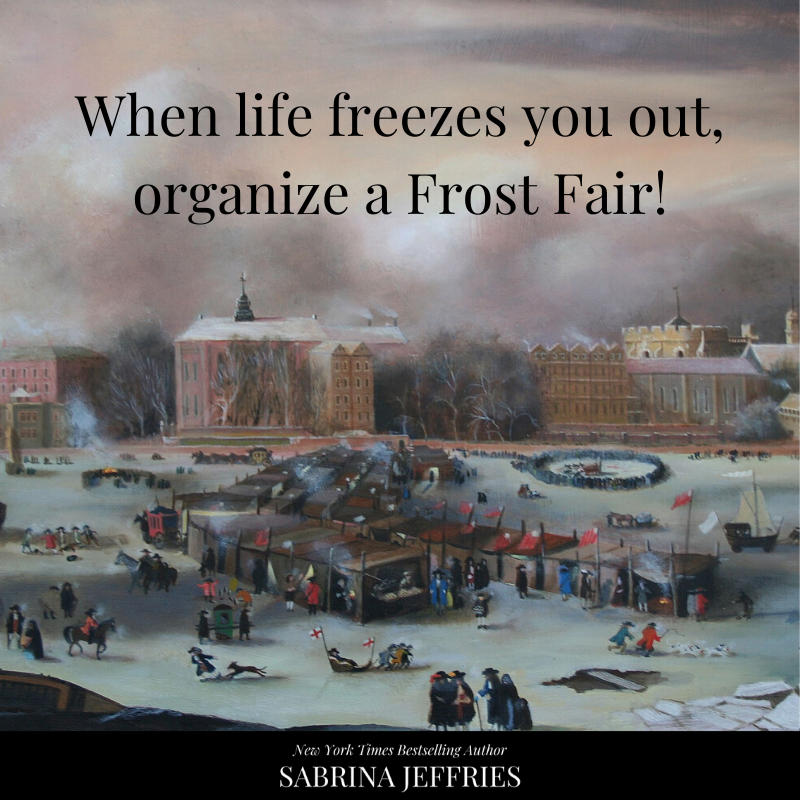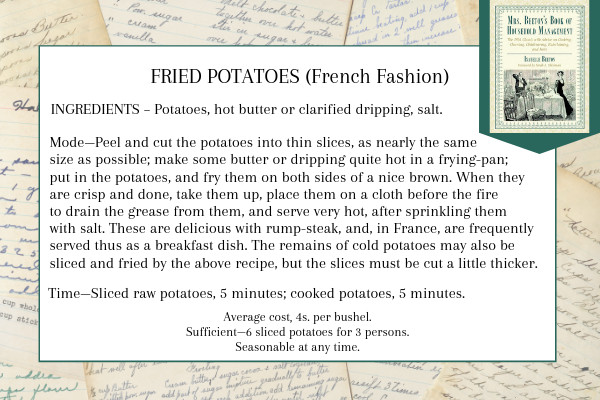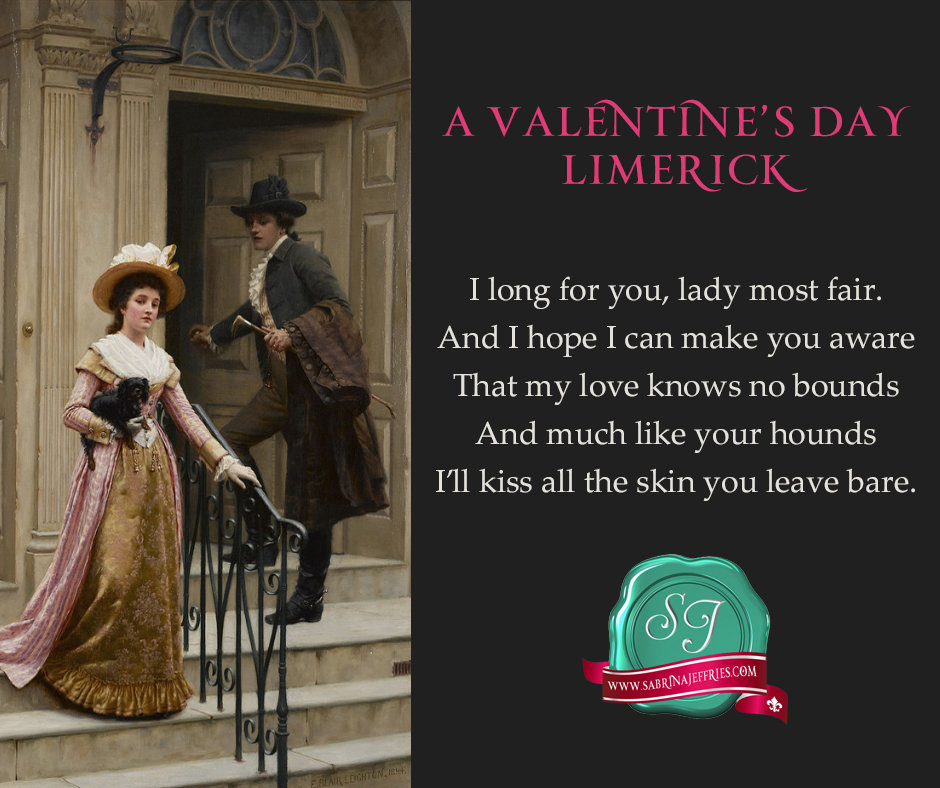A Female Chemist
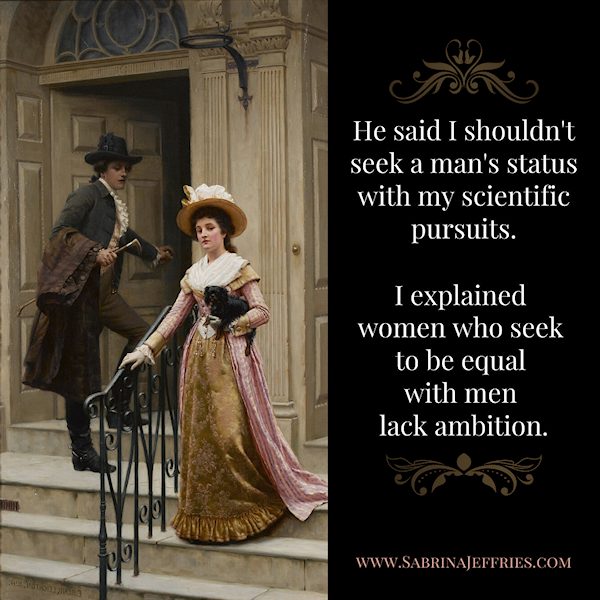
The heroine in my upcoming book, Who Wants to Marry a Duke, is a chemist. I based her on an actual female chemist from the period, the Scottish Mrs. Fulhame. Most people have never heard of her and we know little about her beyond the book she wrote detailing her experiments. Yet she published that critical work on her findings about catalysis long before any male chemist was credited with it, and she was lauded by a number of prominent chemists at the time, both in America and England. She even acknowledged that she expected some criticism from men over her work: “But censure is perhaps inevitable: for some are so ignorant, that they grow sullen and silent, and are chilled with horror at the sight of anything that nears the semblance of learning, in whatever shape it may appear; and should be the spectre appear in the shape of a woman, the pangs which they suffer are truly dismal.” Kudos to Mrs. Fulhame! We may not know the exact date of her birth, but she left her work behind to advance scientific discovery anyway. For that we can only be grateful. Go here to read more about her.


